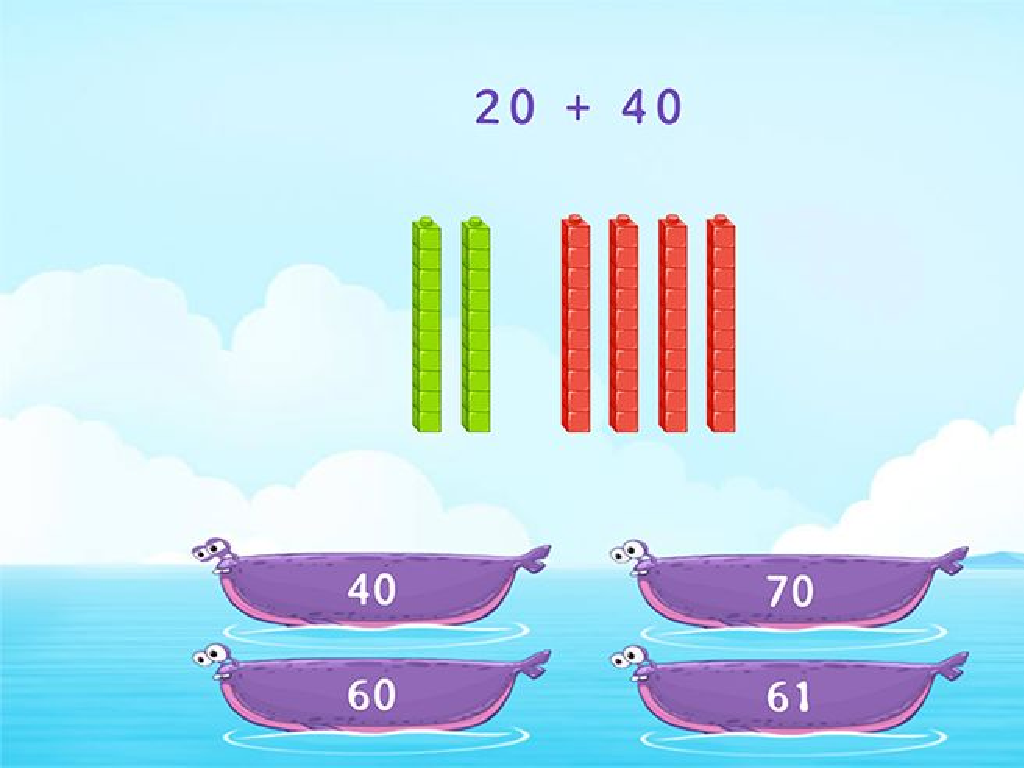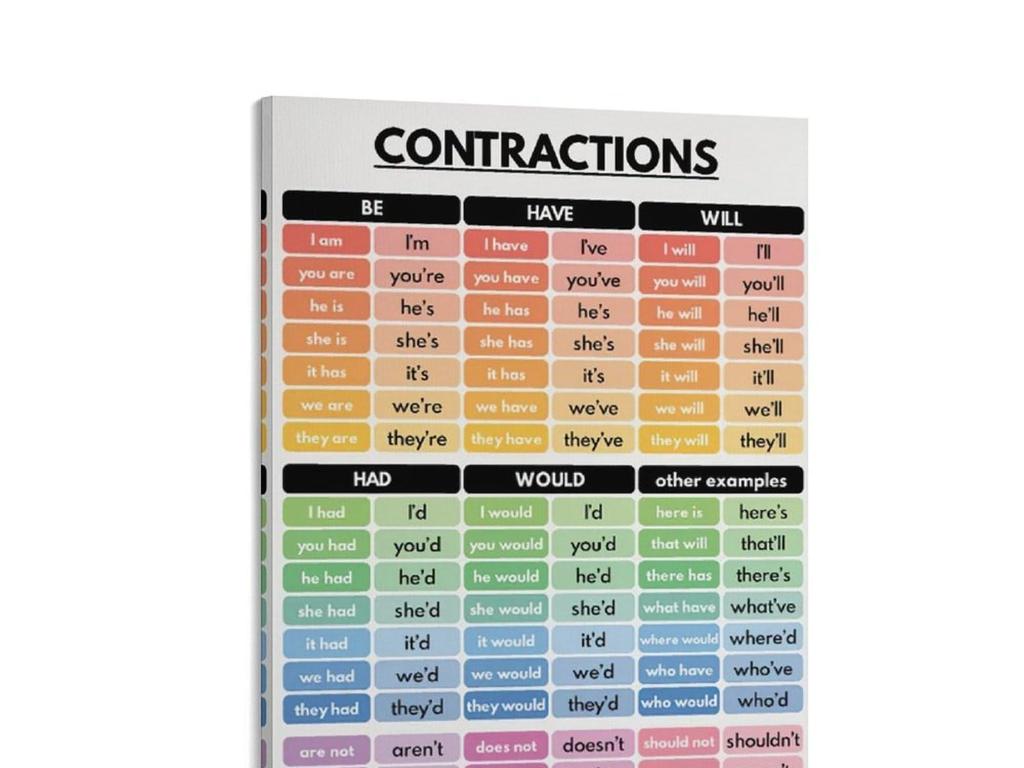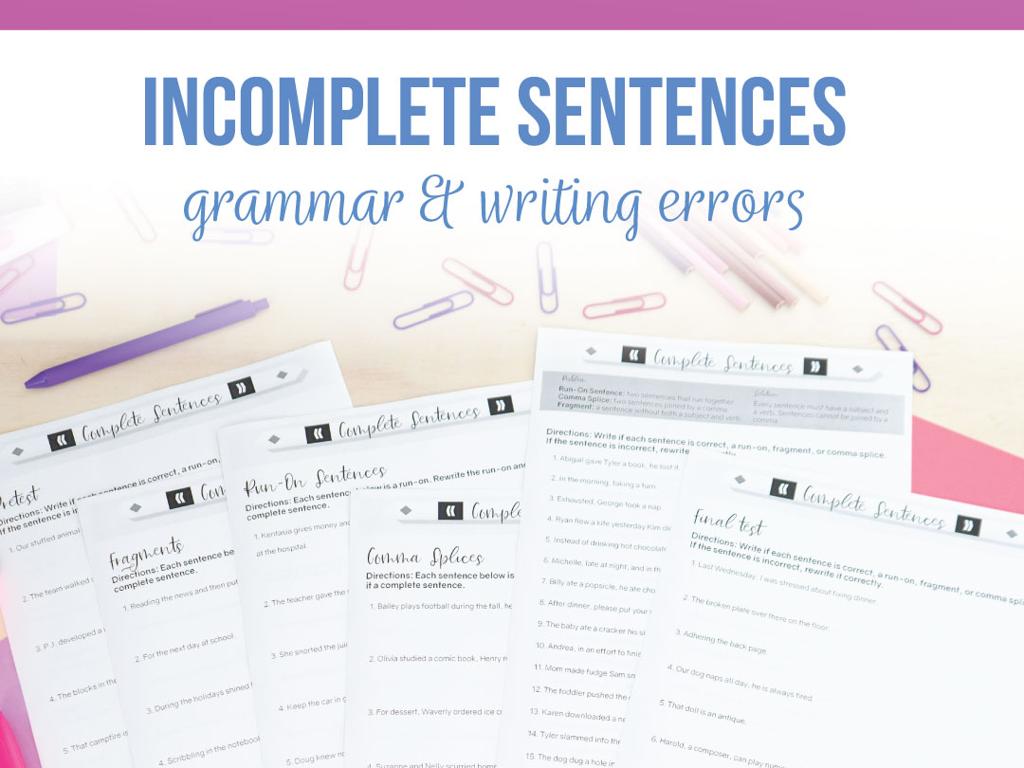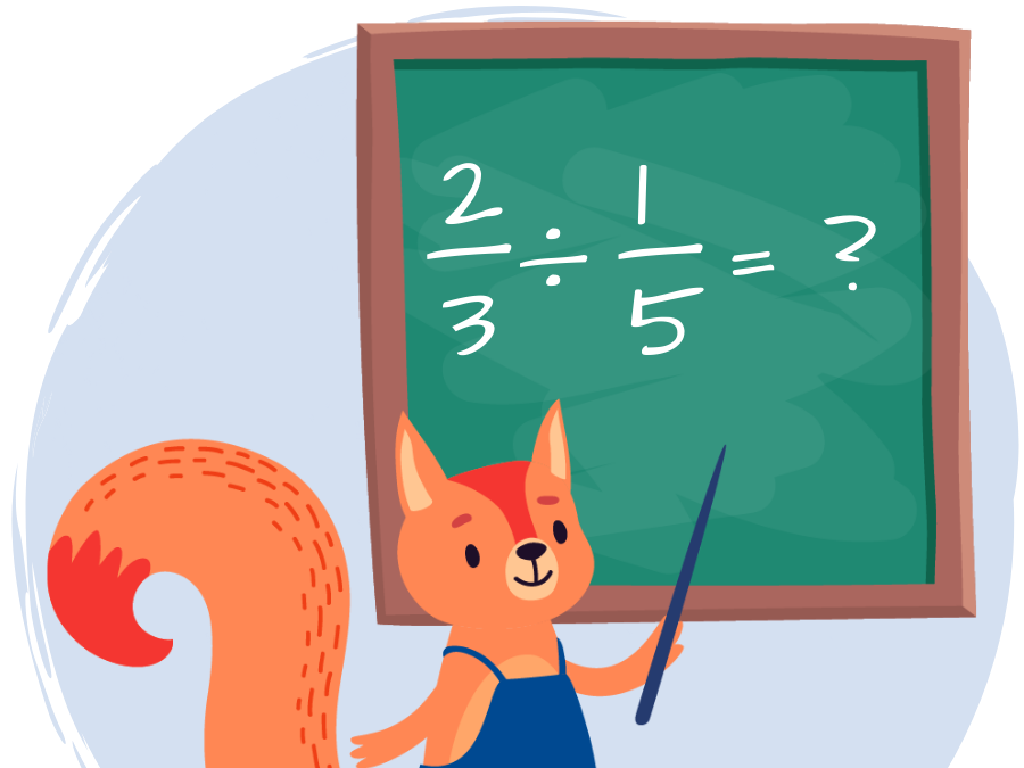Use Reflexive Pronouns
Subject: Language arts
Grade: Sixth grade
Topic: Pronoun Types
Please LOG IN to download the presentation. Access is available to registered users only.
View More Content
Reflexive Pronouns in Language Arts
– Today’s focus: Reflexive Pronouns
– Recap: Pronouns replace nouns
– Pronouns like ‘he’, ‘she’, ‘it’ take the place of names
– Different types of pronouns
– Personal, possessive, indefinite, and reflexive are some types
– Understanding Reflexive Pronouns
– Reflexive pronouns refer back to the subject, e.g., ‘himself’, ‘themselves’
|
This slide introduces reflexive pronouns as a specific type of pronoun in the broader category of pronoun types. Begin by recapping the general concept of pronouns, which are words that replace nouns to avoid repetition and simplify sentences. Then, discuss the various types of pronouns, ensuring students understand the differences between them. Focus on reflexive pronouns, explaining that they are used when the subject and the object of the sentence are the same, and provide examples for clarity. Encourage students to identify reflexive pronouns in sentences and use them correctly in their writing.
Understanding Reflexive Pronouns
– Define Reflexive Pronouns
– Pronouns that refer back to the subject
– List of Reflexive Pronouns
– myself, yourself, himself, herself, itself, ourselves, yourselves, themselves
– Reflexive vs Regular Pronouns
– Reflexive pronouns reflect the action back on the subject, unlike regular pronouns
– Usage in sentences
– ‘I taught myself to play the piano’ shows ‘myself’ refers back to ‘I’
|
This slide introduces reflexive pronouns, which are used when the subject and the object of a sentence are the same. Provide a clear definition and ensure students can identify and use the list of reflexive pronouns correctly. Highlight the difference between reflexive and regular pronouns by comparing examples. Emphasize that reflexive pronouns are necessary to add information or clarify who is performing the action. Encourage students to create sentences using reflexive pronouns to solidify their understanding.
Mastering Reflexive Pronouns
– When to use reflexive pronouns
– Use when the subject and object are the same person
– Examples of reflexive pronouns
– ‘I taught myself to play piano.’ vs. ‘She prepared herself for the exam.’
– Common mistakes with reflexives
– Don’t use reflexives instead of personal pronouns
– Practice using reflexives correctly
– We’ll do exercises to reinforce correct usage
|
This slide aims to teach students the correct usage of reflexive pronouns in sentences. Reflexive pronouns are used when the subject and object of the sentence refer to the same person or thing. Provide clear examples to illustrate proper usage, such as ‘I taught myself.’ versus ‘She prepared herself for the exam.’ Highlight common errors, like using reflexive pronouns where personal pronouns are needed. Encourage students to practice by creating sentences using reflexive pronouns correctly. This will help them internalize the rules and recognize common mistakes. The practice will also include peer review to correct each other’s sentences, fostering collaborative learning.
Reflexive Pronouns in Action
– Identify reflexive pronouns in sentences
– Look for ‘myself’, ‘yourself’, ‘herself’, etc. in sentences
– Pair work: create reflexive pronoun sentences
– Work with a partner to write sentences using reflexive pronouns
– Group discussion on sentence choices
– Share your sentences with the class and discuss
– Explain the use of reflexive pronouns
– Discuss why a reflexive pronoun was the right choice in each sentence
|
This slide is designed for a class activity focused on reflexive pronouns. Students will start by identifying reflexive pronouns within given sentences to understand their usage. They will then pair up to create their own sentences using reflexive pronouns, which encourages collaboration and application of the concept. Following this, there will be a group discussion where students share their sentences and explain their choices, promoting critical thinking and peer learning. As a teacher, facilitate the discussion by asking probing questions and providing feedback. Possible activities include sentence correction, creating a story with reflexive pronouns, and peer review of sentences. Ensure that each student participates and understands the importance of reflexive pronouns in emphasizing the subject’s action upon itself.
Interactive Quiz: Reflexive Pronouns
– Engage in a reflexive pronoun quiz
– Fill in the blanks with reflexive pronouns
– Use words like ‘myself’, ‘yourself’, ‘herself’, etc.
– Review answers together in class
– Clarify doubts and reinforce learning
– Discuss why certain reflexive pronouns are correct
|
This interactive quiz is designed to test the students’ understanding of reflexive pronouns in a fun and engaging way. Provide sentences with missing reflexive pronouns and ask students to fill in the blanks. After the quiz, review the answers as a class to ensure everyone understands the correct usage. Clarify any doubts by explaining why certain reflexive pronouns are used in specific contexts. This activity will help reinforce the lesson and provide immediate feedback to the students. Possible activities: 1) Pair students to discuss their answers, 2) Create a reflexive pronoun scavenger hunt in the classroom, 3) Have students write sentences using reflexive pronouns, 4) Role-play scenarios where students have to use reflexive pronouns correctly, 5) Use a reflexive pronoun ‘bee’ where students compete to fill in sentences correctly.
Class Activity: Reflexive Pronoun Hunt
– Find reflexive pronouns in books/songs
– Work in groups to list examples
– Present findings to the class
– Explain the function in context
– For example, ‘She prepared herself a sandwich.’ ‘Herself’ reflects back to ‘She’.
|
This activity is designed to help students identify and understand the use of reflexive pronouns in various contexts. Divide the class into small groups and have each group select a book or song of their choice. Each group should find examples of reflexive pronouns such as ‘myself’, ‘yourself’, ‘himself’, ‘herself’, ‘itself’, ‘ourselves’, ‘yourselves’, and ‘themselves’. After the hunt, each group will present their examples to the class and explain how the reflexive pronouns are used. For instance, they should discuss how the pronoun refers back to the subject of the sentence. This exercise will enhance their comprehension of reflexive pronouns and their grammatical function. Possible variations of the activity could include creating sentences with reflexive pronouns, correcting sentences where reflexive pronouns are misused, or writing a short paragraph using reflexive pronouns correctly.
Wrapping Up: Reflexive Pronouns & Homework
– Recap on reflexive pronouns
– Reflect on how reflexive pronouns are used for emphasis and to indicate the subject performs an action on itself.
– Homework: Craft a short story
– Use ‘myself’, ‘yourself’, ‘herself’, ‘himself’, ‘itself’, ‘ourselves’, ‘yourselves’, or ‘themselves’.
– Include 5 reflexive pronouns
– Next Class: Indefinite Pronouns
– Get excited for exploring another pronoun type!
|
As we conclude today’s lesson, remind students of the key role reflexive pronouns play in sentences. For homework, they should write a creative short story that includes at least five different reflexive pronouns, ensuring they understand their use in various contexts. This exercise will help solidify their grasp of the concept. In the next class, we’ll dive into indefinite pronouns, expanding their knowledge of pronoun types. Provide examples of indefinite pronouns to pique their interest and give them a head start.





